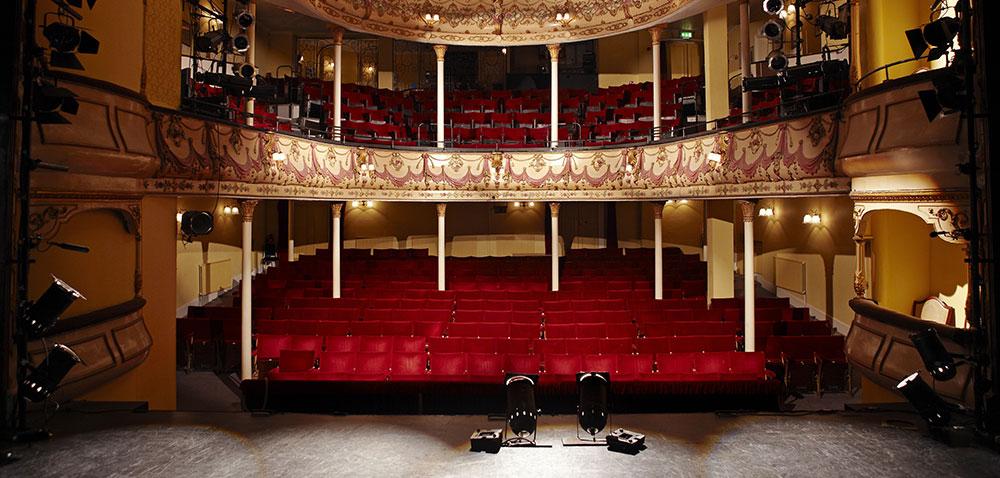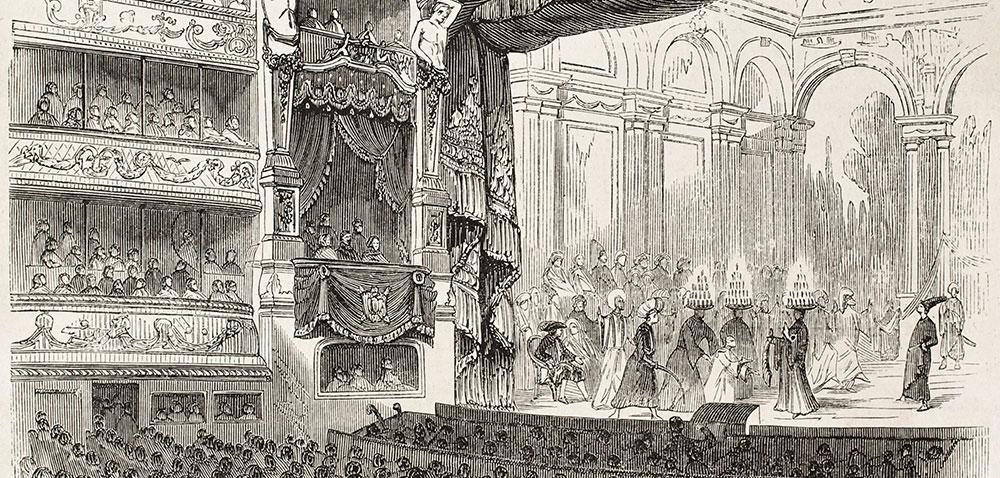The mother of theatre
With such a history of story-telling and performance, it may not surprise you to learn that many of today’s theatres have the Italian Renaissance to thank for their design.
The most iconic of these is the proscenium arch stage, where most of the world’s theatrical performances now take place. The idea of the proscenium arch is to mark an area for the actors to focus on, ensuring everyone in the audience feels like part of the performance, or at least, can see it. Traditional theatre scenery is also an Italian invention, the wooden shutters, painted backgrounds and even the clever wheels and pulley systems used to change the scene – the chariot and pole system. Italian artists are known for the intricate detailing, so applying this to theatrical scenery was a great way to bring a performance to life.
All these elements come together magically during a performance, with both the construction and painting creating an illusion of distance and depth, acting as a wonderful realistic canvas for the performers to put on a show, and the audiences plenty of cues for their imagination to fill in the gaps.
The most iconic of these is the proscenium arch stage, where most of the world’s theatrical performances now take place. The idea of the proscenium arch is to mark an area for the actors to focus on, ensuring everyone in the audience feels like part of the performance, or at least, can see it. Traditional theatre scenery is also an Italian invention, the wooden shutters, painted backgrounds and even the clever wheels and pulley systems used to change the scene – the chariot and pole system. Italian artists are known for the intricate detailing, so applying this to theatrical scenery was a great way to bring a performance to life.
All these elements come together magically during a performance, with both the construction and painting creating an illusion of distance and depth, acting as a wonderful realistic canvas for the performers to put on a show, and the audiences plenty of cues for their imagination to fill in the gaps.


